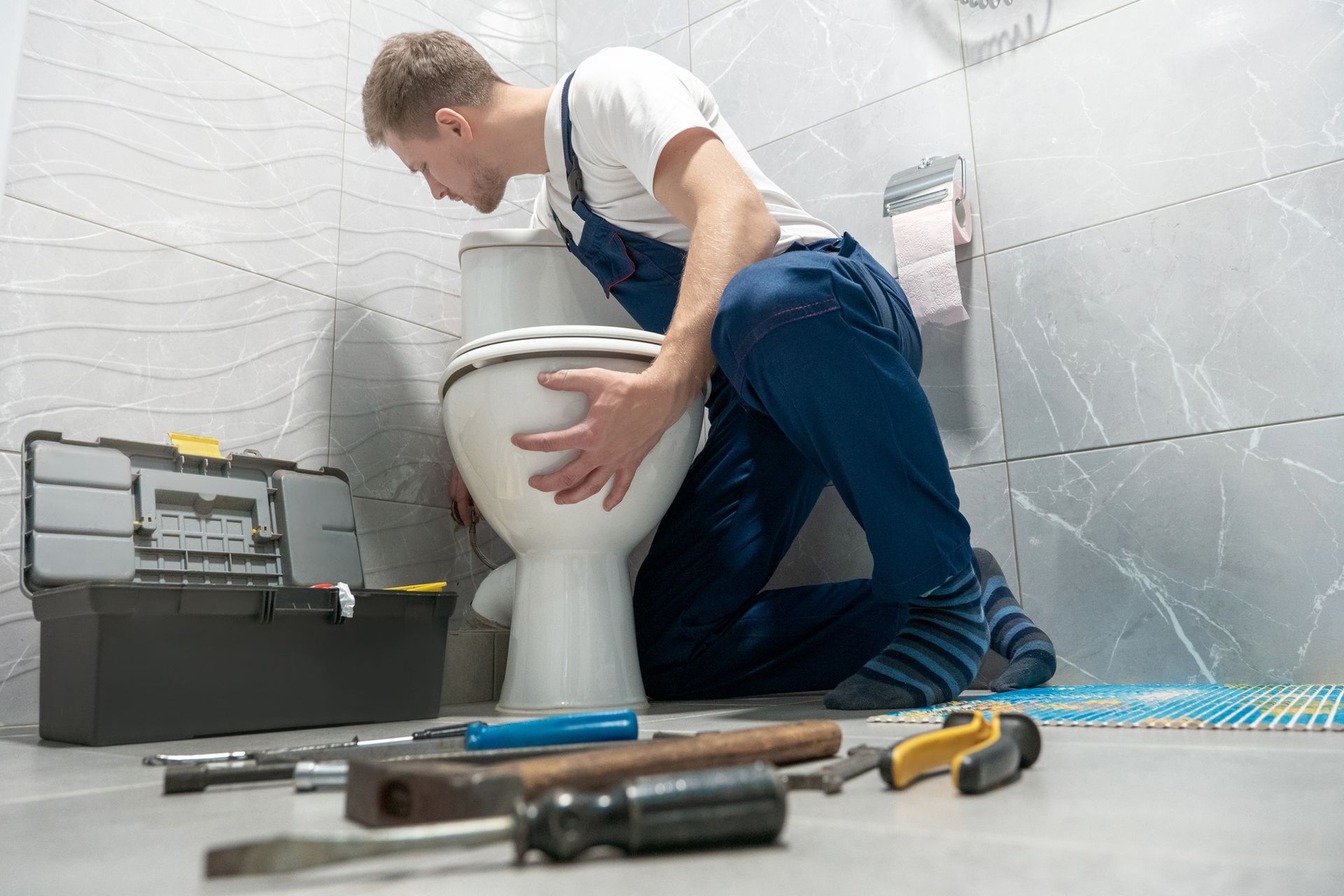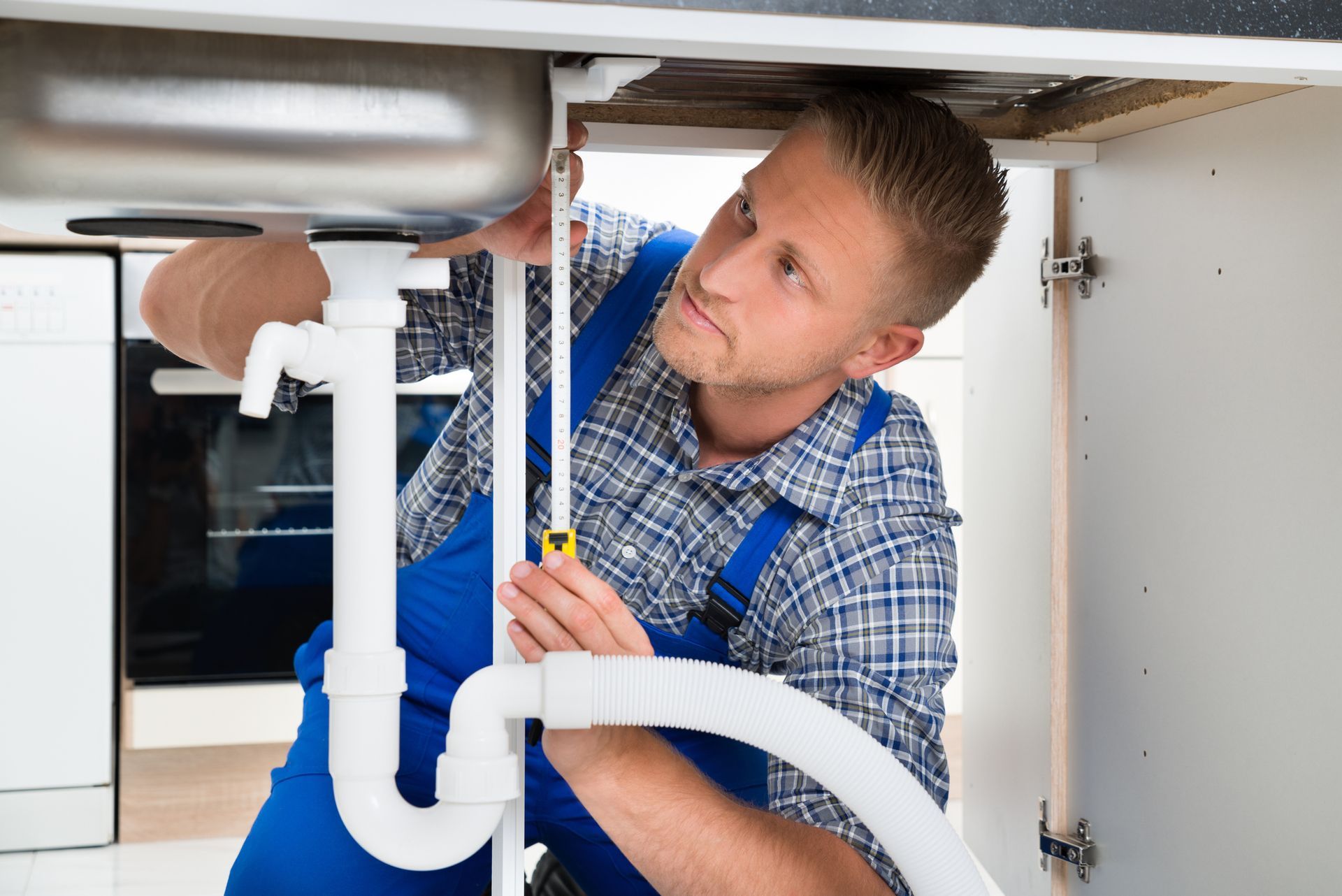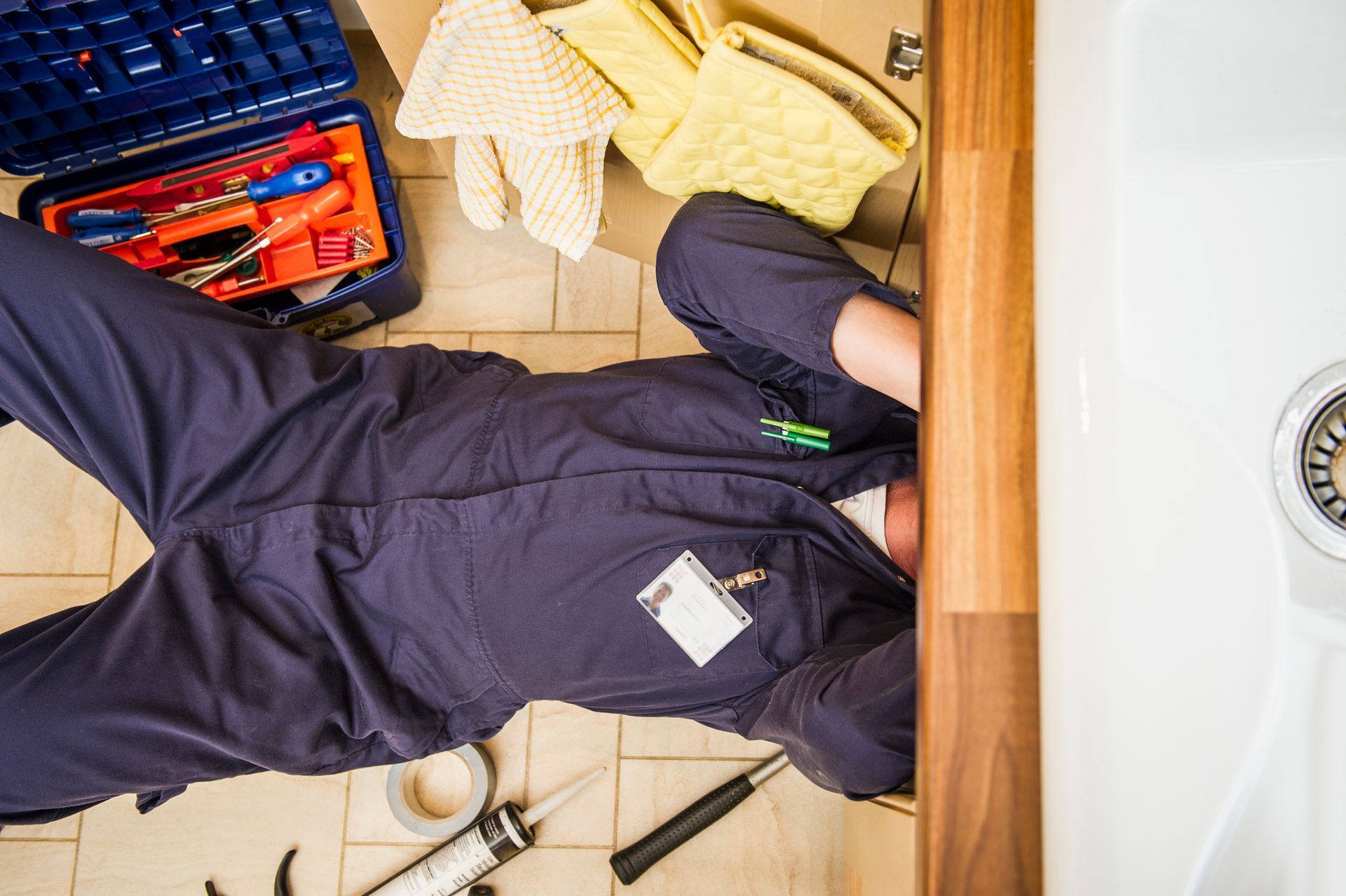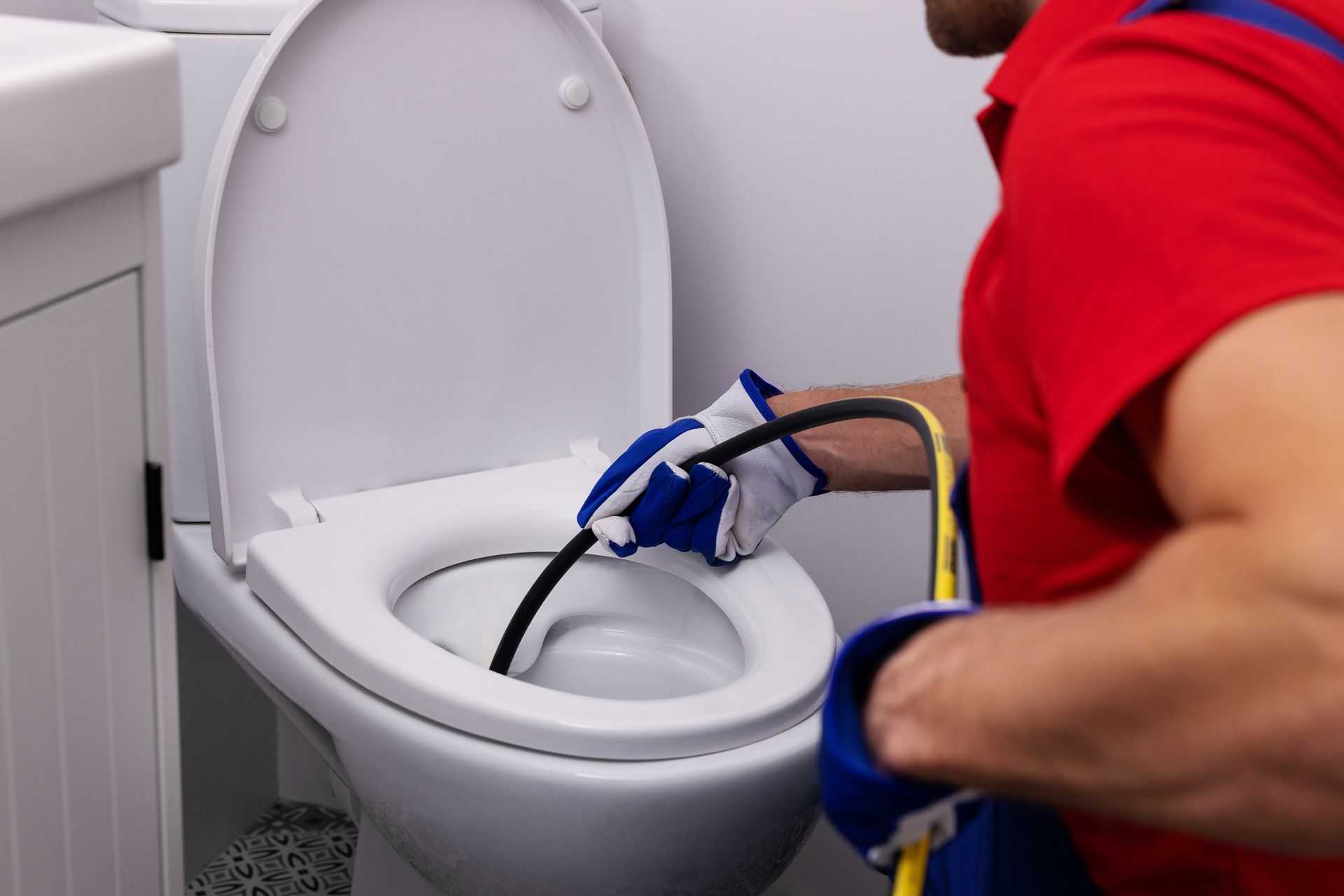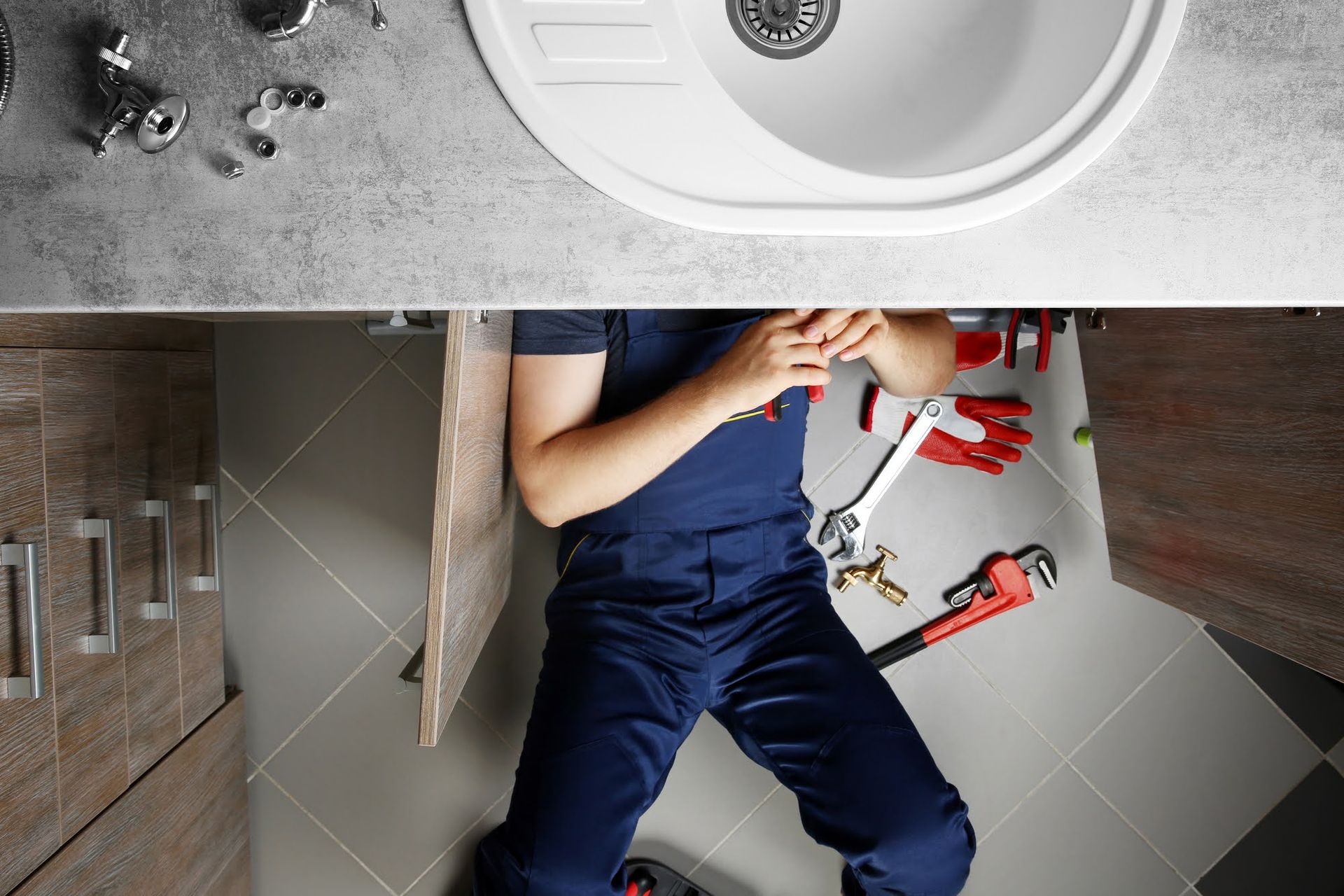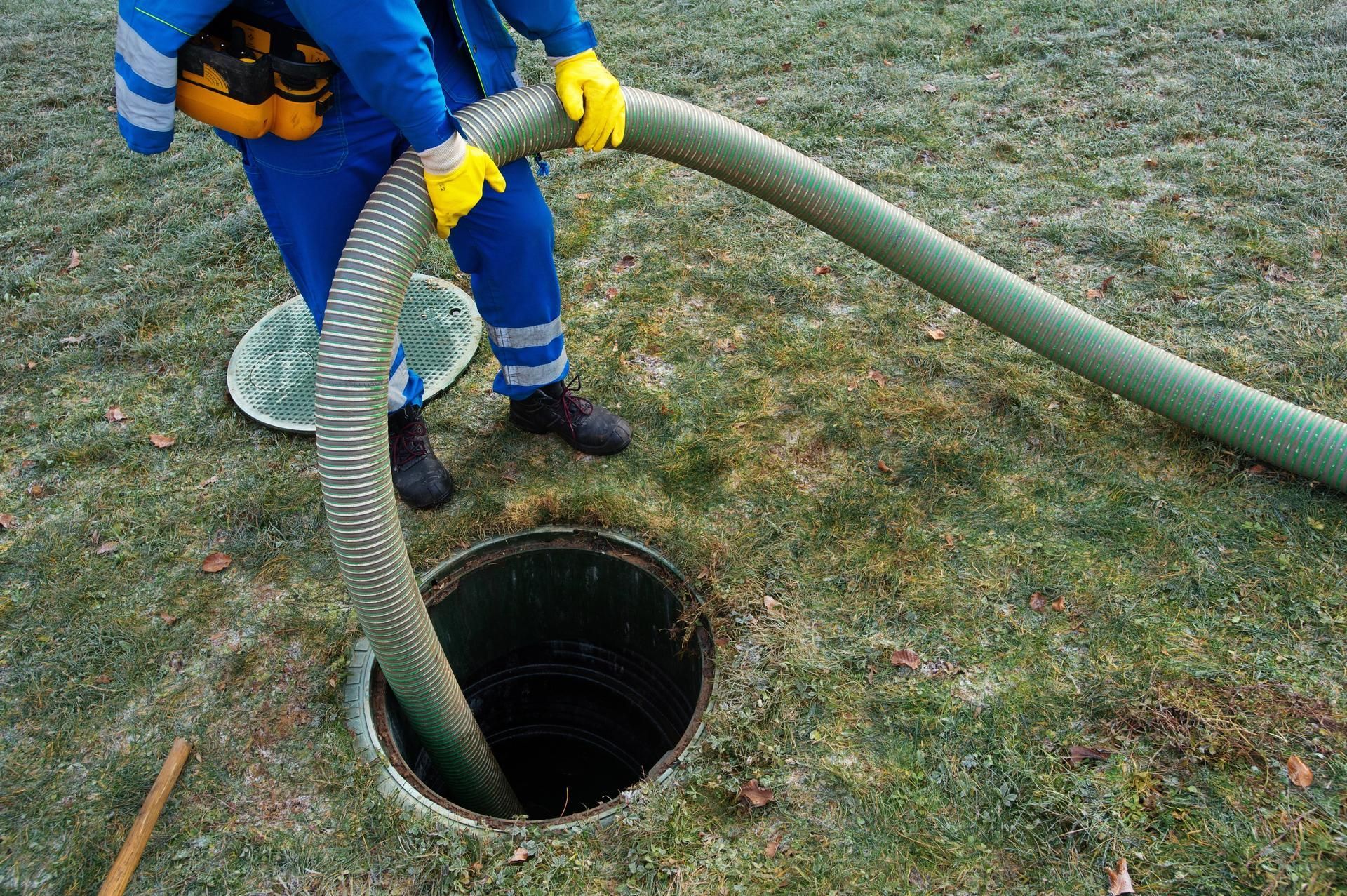The Do's and Don'ts of Dealing With a Bathroom Sink or Shower Leak

Are your bathroom fixtures leaking? From drips in the shower to a puddle under the sink, take a look at what you need to know about this common plumbing issue and the do's and don'ts of fixing a bathroom fixture leak.
Do Find the Source of the Leak
Where is the water coming from? While this might seem like an easy-to-answer question, some bathroom fixture leaks are tricky to find. What may seem like a simple showerhead leak could actually come from the cartridge insert of the faucet valve. Likewise, water that dribbles down the bathroom sink could come from the aerator or a gasket in the faucet — or a drainpipe issue could cause the dampness under this fixture.
If you can't find the precise source of the leak or don't know enough about plumbing to accurately diagnose the point of the problem, take the next step and call a plumber. A professional has the knowledge and experience to assess the leak and stop it.
Don't Call Just Any Plumber
Leaks waste water. According to the U.S. Environmental Protection Agency (EPA), leaks can waste up to 10,000 gallons of water annually in one household. One drop per second in your bathroom's sink could waste 3,000 gallons of water each year — and 10 drips per minute can send 500 gallons of water down your shower's drain.
Beyond wasting water, an untreated leak could eventually corrode your home's plumbing, ruin the fixture, damage the surrounding area of the bathroom, or cause mold to grow on hard surfaces. Given these risks, you will want to treat a bathroom fixture leak as soon as possible. But this doesn't mean you should call the first plumber you google.
You need an experienced contractor who has knowledge in leak detection and repair. Ask your would-be future plumber for references and read reviews. Avoid contractors who only have generic anonymous reviews, such as Great job or Good plumber. Look for detailed reviews from real people who live in your area.
Along with references and reviews, talk to the plumber about their experience. The contractor can help you to understand the problem with your fixtures and explain what they can do to help.
Do Stop the Water
Again, leaks waste a significant amount of water over time and can damage your bathroom or other areas of the house. A leaking second floor bathroom can send water through the walls or floors and into the ceiling of the room below it. This can result in plaster, paint, wallpaper, or furniture damage.
If the plumber can't come to your home immediately, take steps to stop the leak. This doesn't mean you should attempt a do-it-yourself fix. A DIY method could cost you money in a failed repair or additional damage. Instead, turn the water off and wait for the plumber. The sink's shut-off valve is typically underneath the basin. You usually have two (one hot and one cold) attached to the water inlet pipes.
A shower's shut-off valve is often tricky to find. You may need to remove a panel behind the shower or in an adjacent room to locate this knob. If you can't find these valves, turn the water off for your whole home. The main shut-off is often near where the water line enters your home. This is usually on a street-facing wall or near your water meter. While shutting off the main water valve will stop the leak, your home will have no usable water until you turn it back on.
Do you need a professional leak detection or repair service? Contact Michigan Plumbing for more information.

